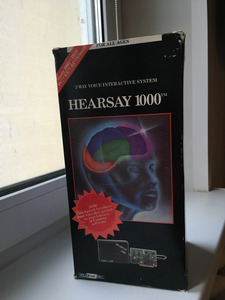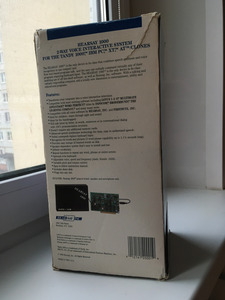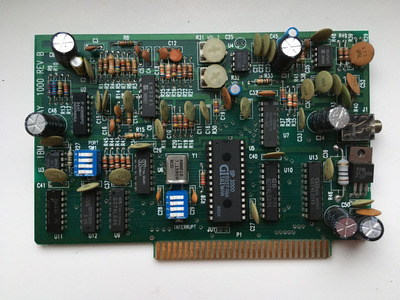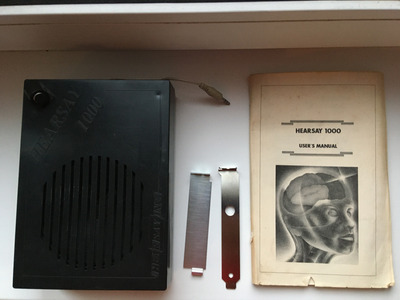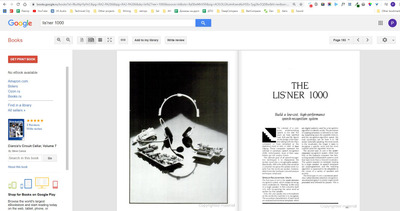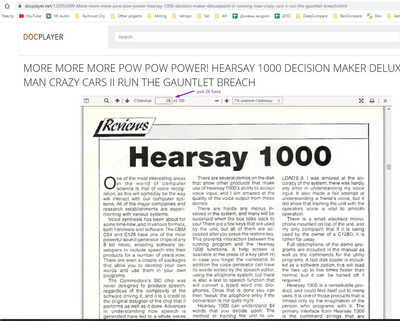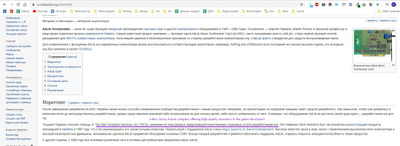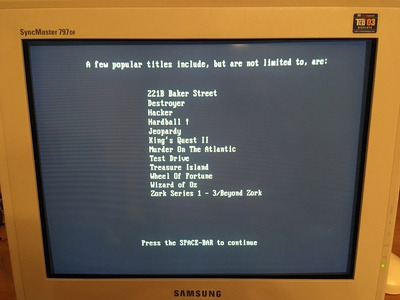First post, by bristlehog
- Rank
- Oldbie
Rich Heimlich mentioned Hearsay 1000 as something that provided sound to a PC about mid-80s in his interview. There are plenty of Hearsay 1000 cartridges for Commodore 64, but there were doubts that this card even existed for IBM PC.
Today I got the delivery: new old stock boxed Hearsay 1000 for IBM PC and Tandy 1000:
Box front side. 'FOR ALL AGES' - wonder why would one write that on a box with PC hardware...
Box back side. It says 'copyright 1988' which is kinda late, but this is a revision B card, which could perhaps explain the later-than-Adlib-year.
- 'Compatible with Infocom and Broderbund titles' - looks promising. I guess I'm to find out. If only I knew what Infocom and Broderbund titles to look...
- 'Includes demo disk' - alas, there are no disks in the box, perhaps they were lost. Time for Cloudschatze to appear and magically present an archive of the disk... But considering the rarity of the subject I am afraid this is wishful thinking.
The card itself, 'IBM HEARSAY 1000 REV B'. Slight traces of insertion on ISA connector, otherwise no signs of usage.
Speaker (seemingly with a microphone), user manual and brackets. Not sure why there are two of them. Perhaps the shorter one is for Tandy 1000? Why doesn't it have a hole for audio jack? Is audio routed internally in Tandy 1000?
Hardware comparisons and game system requirements: https://technical.city
